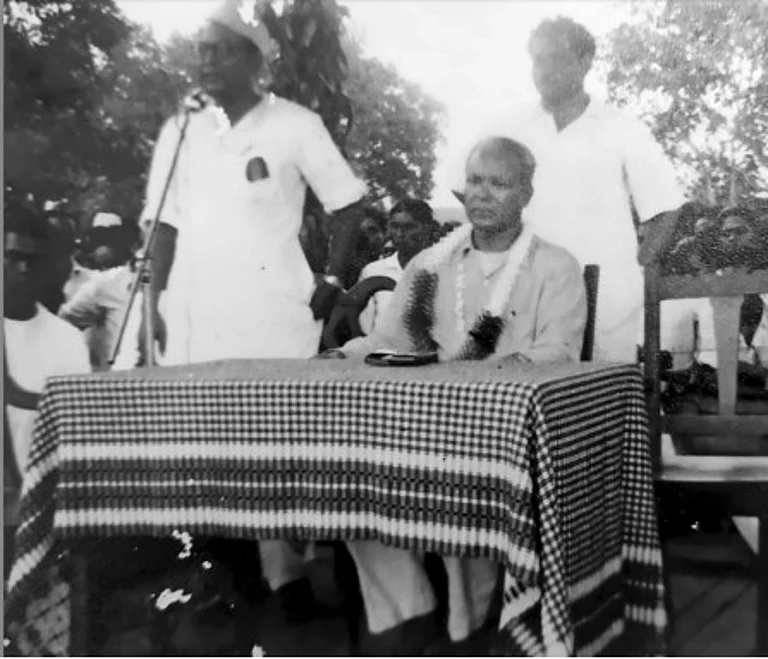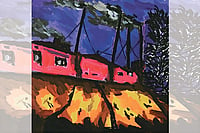But, Rangoon is only a detour in the book. The road from Saurashtra leads finally to Seattle. In 1949, Kamdar’s father left Bombay for America. Here, too, Kamdar does her readers the service of providing a portrait of an earlier era when Indians were relatively rare in the US. In the mid ’60s, there were only 20,000 immigrants from India in America. By 1980, Kamdar writes, there were almost 400,000. Today, they number close to one and a half million. For the desi immigrants of Kamdar’s father’s generation, the ’60s meant—more than the Beatles and Vietnam and Martin Luther King—the reality of greater isolation and loneliness which is quite unimaginable in the altered landscape of America today.
Motiba’s Tattoos is an uneven book about an uneven saga, but it is intelligently told and not without feeling. Kamdar’s story adheres too closely to her family, and the historical details tend to be either too broad or too anecdotal. A reader in the West is likely to find it more profitable than the reader in India—even the title of the book, a passing reference to the tattoos on the grandmother’s face, is more a gesture that panders to the Western craze for "mehndi". There is greater poignance, however, in Kamdar’s personal tale of growing up with an Indian father and an American mother.
Kamdar’s father, Prabhakar, who began calling himself Pete in America, was among the first immigrants from independent India. In the 1960s, Pete Kamdar started working on the American effort to put man on the moon. There, his story became one with the larger story of the post-Independence Indian migration to the West of sections of the educated middle-class.
The personal details of Kamdar’s life tell a broader, public story. Kamdar writes: "My mother wasn’t working, and my father’s income had to support both us and the family in India. Between the commute, the money worries, and the constant if most often subtle racism my father had to deal with at work, it’s no wonder Dad felt stressed."
Kamdar describes the father’s rage, his exhaustion, and his tears when he tried to make up to his children. The portrait is both sympathetic and unflinching.
"He also became abusive to us children" is not the most expected line to find in a book written by a dutiful Indian daughter. But, in its telling lies the pain of a whole people.
What makes it more striking is that we find at the end of this story about cultural travel the admission of failure and insight: "During my entire childhood, I was convinced that my father behaved the way he did because he was Indian, that the yelling and screaming and crying that took place in our house never occurred in any other house in America. It took me years to figure out that not all Indian fathers were like Dad and the ‘real’ American families were perfectly capable of experiencing the same, or worse."


























